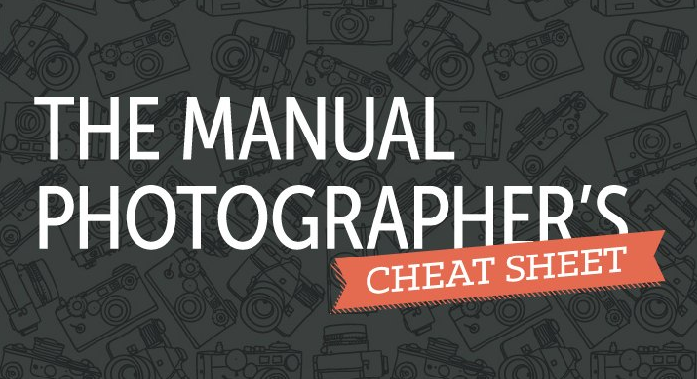
Forget the retro filters on your camera phone. Pick up a camera & create the dreamy colours & effects that can only be captured with analogue photography.
Manual photography will always maintain a loyal group of users, no matter how good phone cameras become, and no matter how advanced digital photography is. And, while some may see manual photography as a hipster past time, others see the practice as a way for professional photographers at the start of their career to hone their skills and test out techniques. For these reasons, manual photography will always be important, so we wanted to show you some of the first steps, from picking your film to adjusting your aperture, that will help you become a manual-photography expert.
A printable version can be downloaded at the bottom of the page.
what this infographic will show you how to:
- Pick your film
- Decide on your ISO
- Adjust your aperture, shutter speed and exposure
- Take your shot
And all the details in between!
The Manual Photographer’s Cheat Sheet

Share this infographic On Your Site
Please include attribution to zippi.co.uk with this graphic.
The Printable Version is here!
For all those who have been asking, I’m so sorry for the delay! Here is the photographers-cheat-sheet. Please let me know if there are any issues.
Conditions of use:
- Please keep all Zippi & The Studio branding on the infographic
- We have put a lot of time and effort into making this. If you put the graphic up in your studio, please send us a picture of the printed version when it’s up on your wall, door, over your car, wallpapered in your living room, etc. We’d really appreciate it!